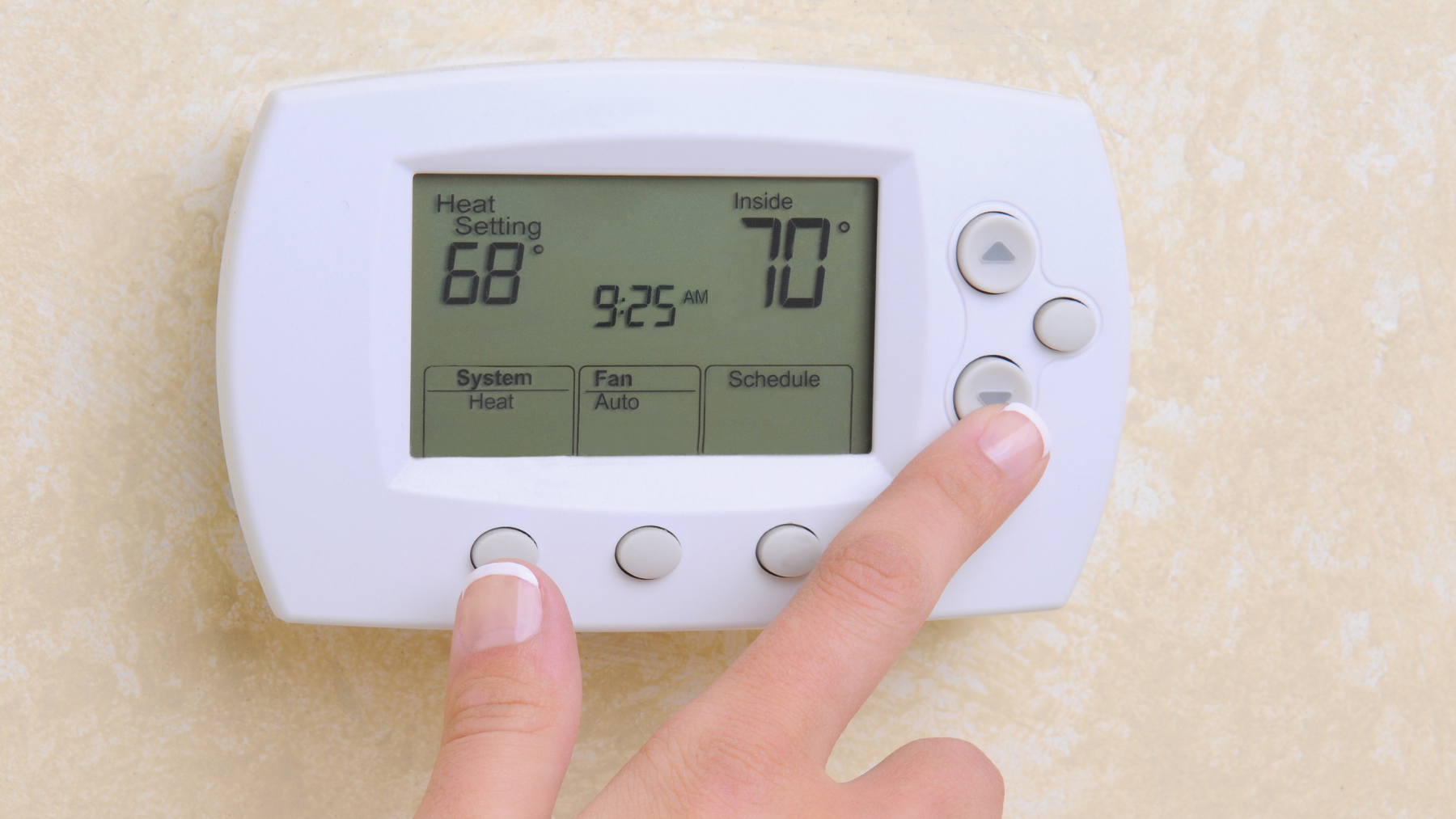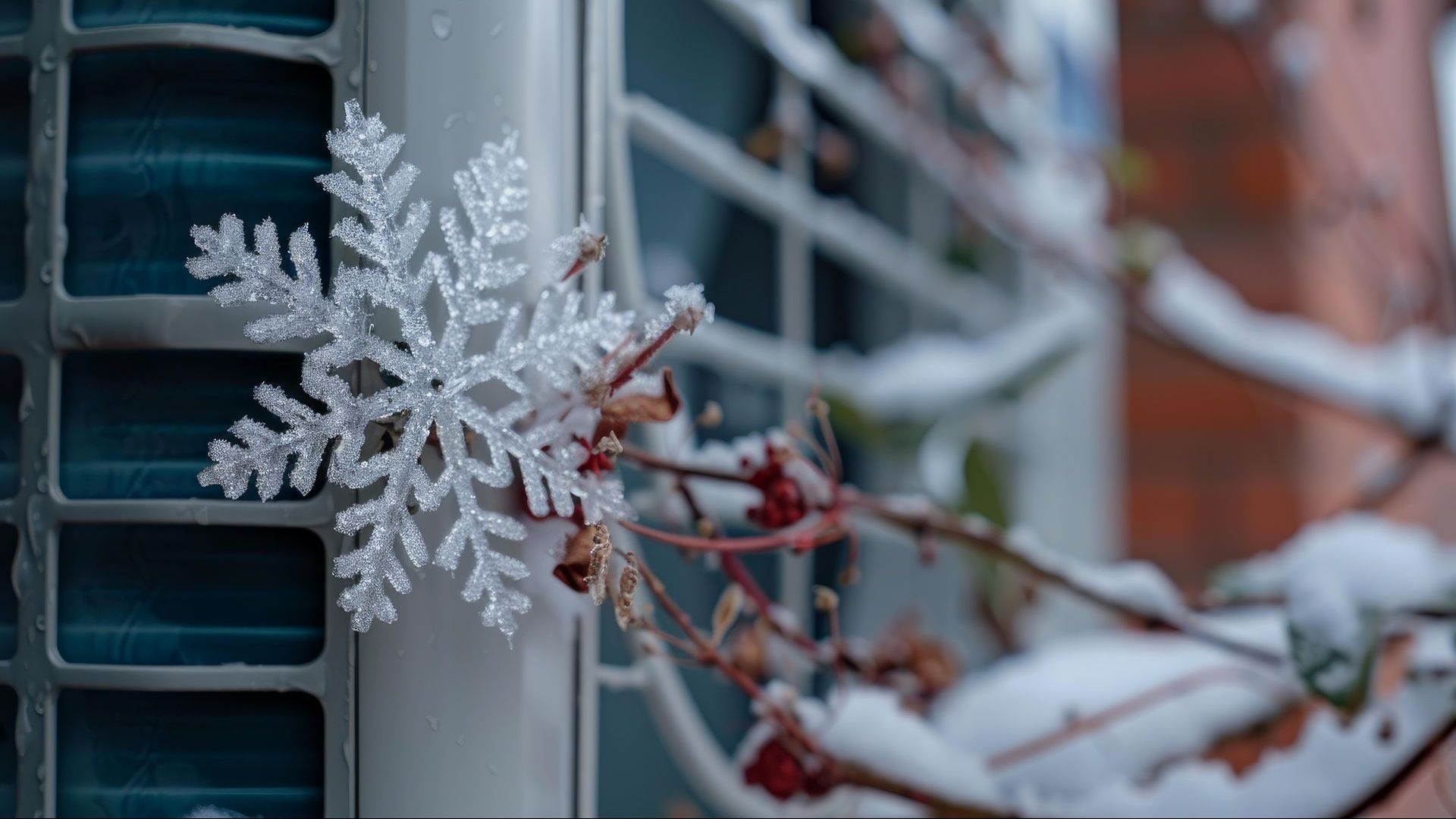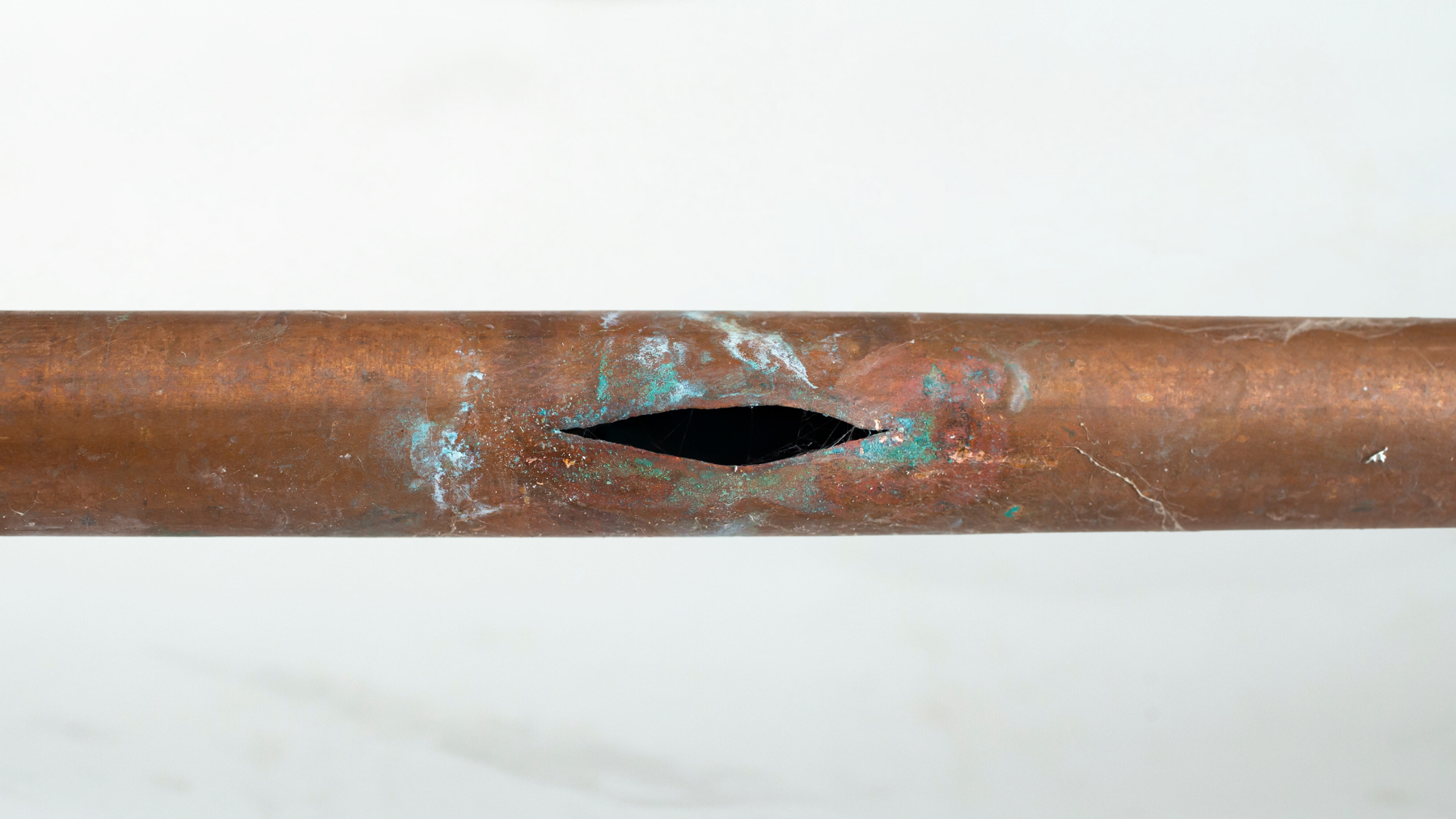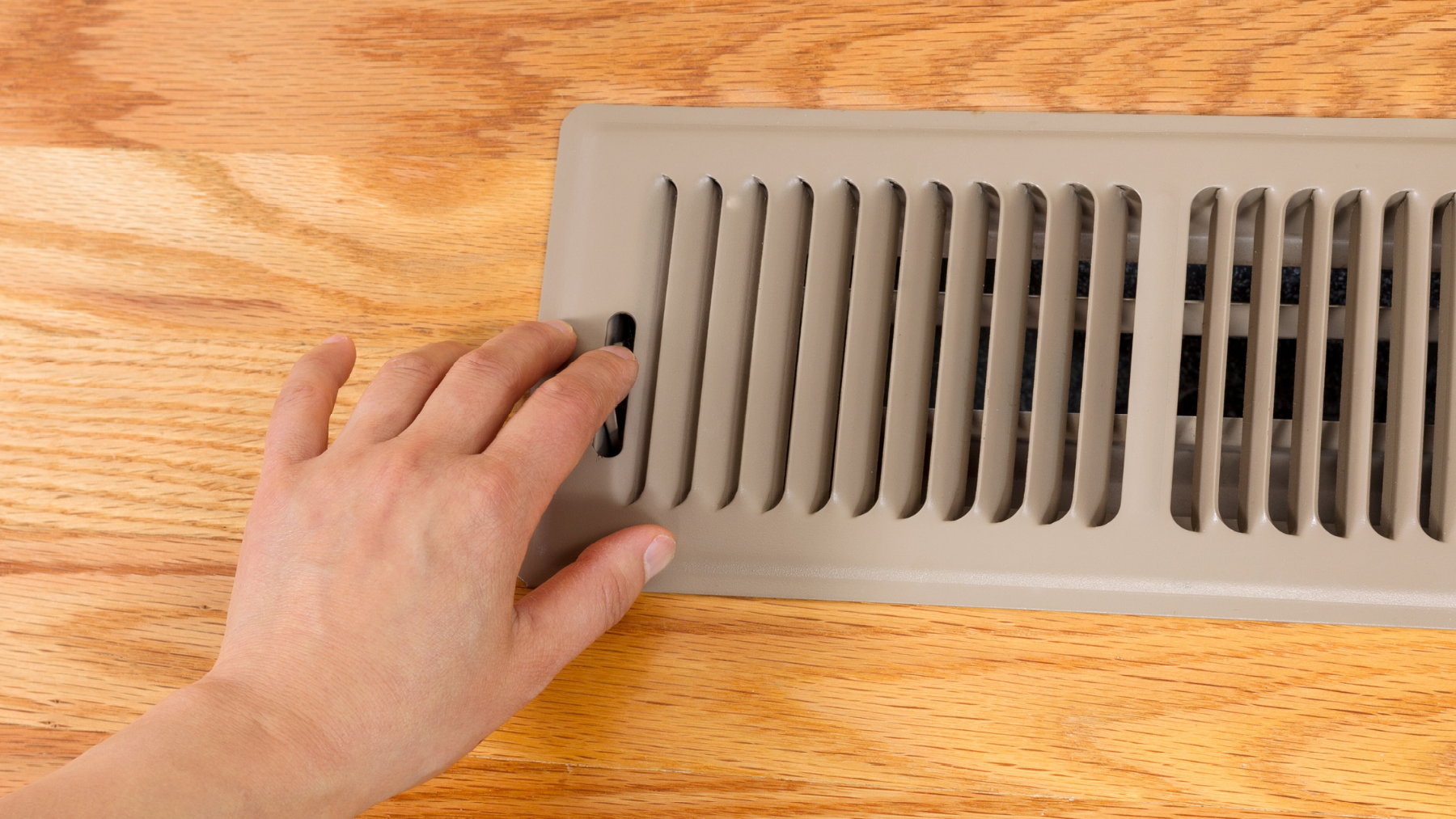When to Make the Switch: AC to Heat

As the seasons transition and the weather begins to shift, many homeowners face the annual decision of when to transition from using their air conditioning (AC) system to turning on the heat. This pivotal moment can impact both comfort and energy efficiency, making it essential to understand the factors that influence the switch. In this blog post, we will explore the considerations for determining the optimal time to transition from AC to heat, providing valuable insights for our valued customers at B. Dumont Heating & Air.
The decision to switch from AC to heat is influenced by various factors, including outdoor temperature, indoor comfort preferences, and the efficiency of HVAC systems. Generally, the transition occurs as outdoor temperatures begin to drop, and the need for heating to maintain a comfortable indoor environment becomes evident. However, there are several specific indicators that homeowners should consider when contemplating the switch.
First and foremost, monitoring outdoor temperatures is a key factor in determining when to make the transition. Once the outdoor temperature consistently falls below the comfort range that can be maintained by the AC alone, it may be time to start using the heating system. This is particularly important for ensuring that indoor comfort is maintained as the weather cools.
Another crucial consideration is the overall condition and efficiency of the HVAC system. Conducting regular maintenance and inspections, such as those provided by B. Dumont Heating & Air, can help identify any issues that may affect the smooth transition from AC to heat. Ensuring that the heating system is in optimal working condition before the onset of colder weather can prevent unexpected breakdowns and ensure reliable performance when it is needed most.
It’'s essential to take into account individual comfort preferences and the specific heating needs of different areas within the home. Some homeowners may opt to delay the switch to heat by utilizing alternative methods such as space heaters or layered clothing, while others may prioritize early activation of the heating system to maintain a consistent and comfortable indoor environment.
At B. Dumont Heating & Air, we understand the significance of this seasonal transition and are committed to supporting our customers in making informed decisions regarding their HVAC systems. Our team of experienced professionals is available to provide guidance, perform thorough system inspections, and offer tailored solutions to ensure that the transition from AC to heat is seamless and efficient.
In conclusion, the decision to switch from AC to heat is a crucial aspect of seasonal home maintenance, with implications for both comfort and energy efficiency. By considering factors such as outdoor temperatures, HVAC system conditions, and individual comfort preferences, homeowners can make informed decisions about when to make the transition. At B. Dumont Heating & Air, we are dedicated to assisting our customers in navigating this transition and optimizing their HVAC systems for year-round comfort and satisfaction.
CONTACT US




